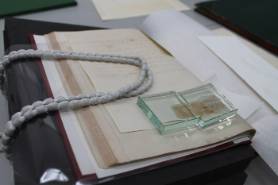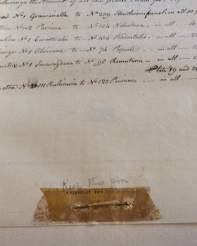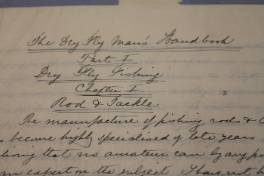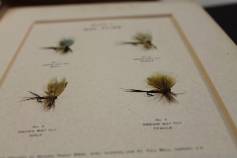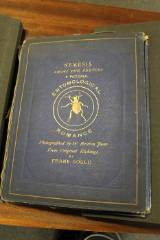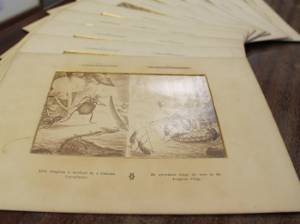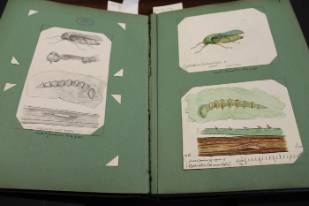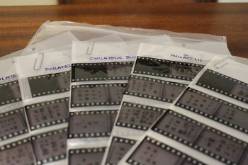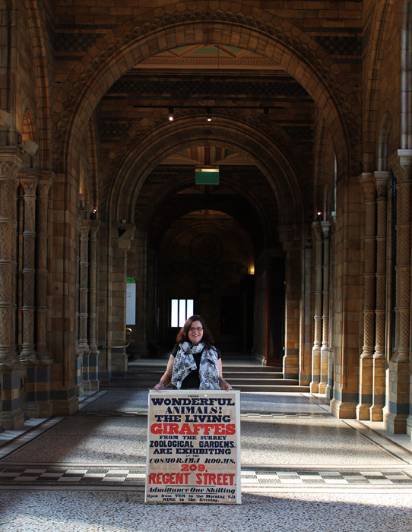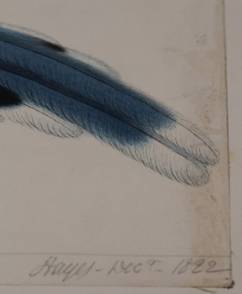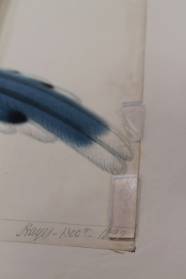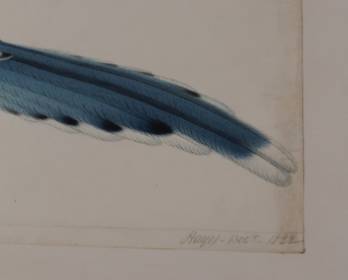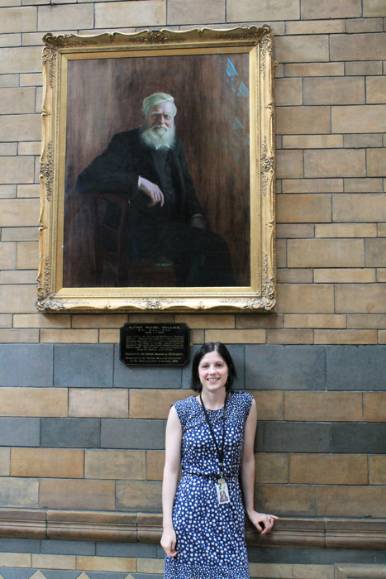The Library and Archives team (20+ of us!) will be keeping busy at this year’s Science Uncovered event. You can come and find us at various spots around the Museum on the evening of the 26th September.
Why not let us know if you have seen us via twitter @NHM_Library using the tag for the evening #SU2014
Origins and evolution with unique special collections
We’ll be offering behind the scenes tours and showcasing some of our most beautiful and important library collections in the Earth Sciences Library - come and spend half an hour with us as library staff talk about books, manuscripts and amazing artwork all relating to the theme of Origins and Evolution and take the very rare opportunity for a close up look . Tours are on the half hour and run from 6.00pm till 9.30pm. You can sign up on the evening outside the Library.
Women Artists and our art on paper collections
Staff will also be in the Images of Nature Gallery between 6.00pm and 10.00pm, allowing you the opportunity to stop in for a chat and find out more about the very special artwork we have on display, and chance to learn more about the Library’s art collections. Explore the latest display of watercolours from the 18th to the 21st centuries, all completed by women artists, and discover how we look after the collections and preserve them for future generations. You can also have a go at drawing something from the collections yourself!
Behind the scenes with our Paper Conservator
At 5.00pm, join us in the Attenborough Studio for a very special Nature Live talk, where you can enjoy a rare behind the scenes glimpse into the Library’s Conservation Studio and see our Paper Conservator talking about and working on our collections via a live link.
Piltdown forgery
The Archives team will be out in the thick of things, sharing a table in the Origins and Evolution section with NHM scientists, showcasing some of the Museum’s amazing specimens relating to the great Piltdown forgery, and the letters, papers and images associated with it. Get a valuable insight into the work of the Archives in collecting some of our most important treasures and documenting events in the world of natural history.
Soapboxes
Library staff will also be on their Soapboxes! Join them and other researchers as they stand on their soapboxes to discuss issues that relate to their work and have your say in a dynamic exchange of opinions. You’ll have the chance to debate a variety of topics, in a style similar to Speaker’s Corner in Hyde Park on a Sunday afternoon. Keep an eye out for the Soapboxes throughout the Museum and join the event at any time. Library staff will also be in the Science Bar, where you stop by for a drink and discuss some of the burning scientific issues of the day.
Tring (Hertfordshire)
As part of a wider array of talks and tours on the night, the Walter Rothschild Museum, our sister Museum in Tring, will feature a talk at 8.45pm by our librarian Alison Harding entitled The Rothschild Library: yesterday, today and tomorrow. Discover the treasures of our library collections housed here and find out how this internationally important library is used by curators, scientists, and researchers from all over the world.
So keep an eye out for us at Science uncovered and come and say hello and find out more about our work…





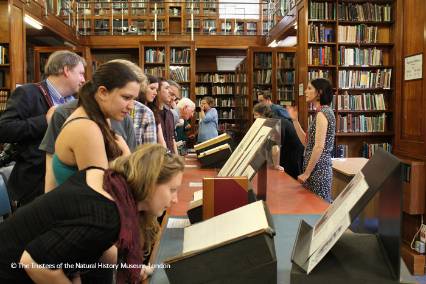

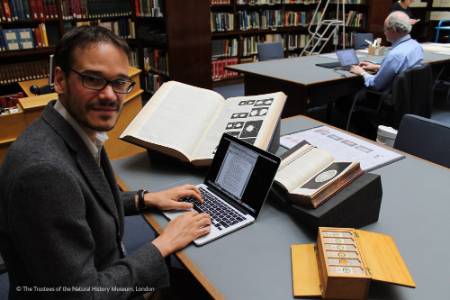
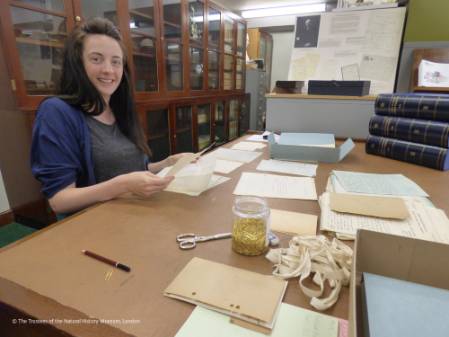
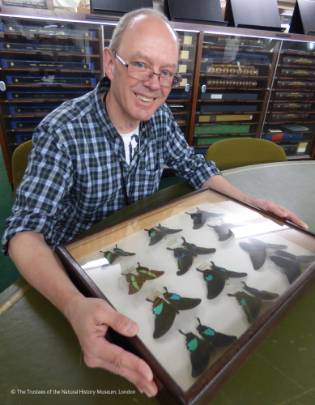
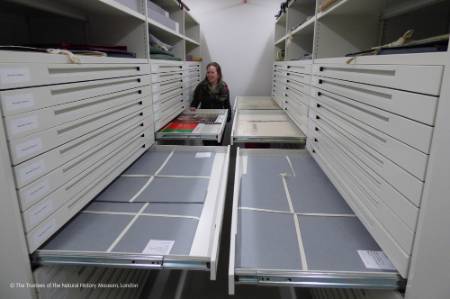
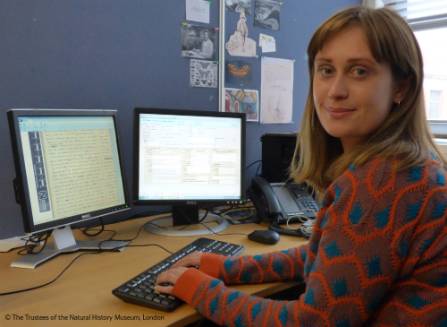
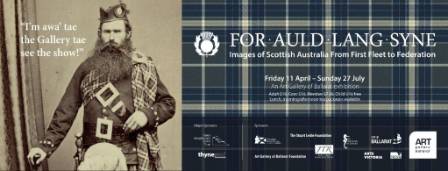
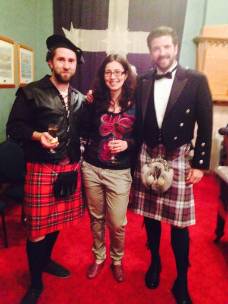
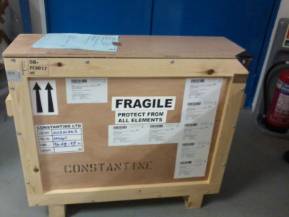
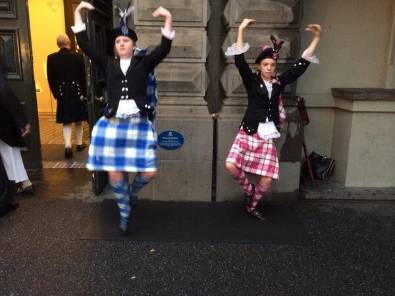

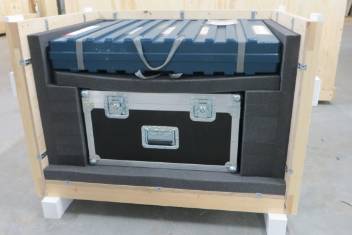
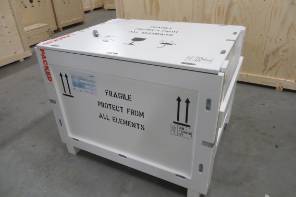
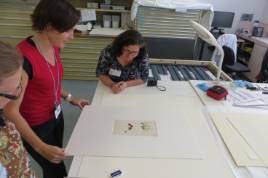
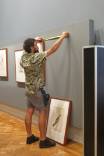
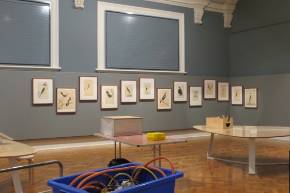

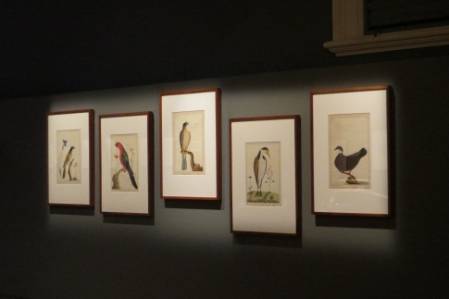
-frog.jpg)
-mouse-.jpg)

